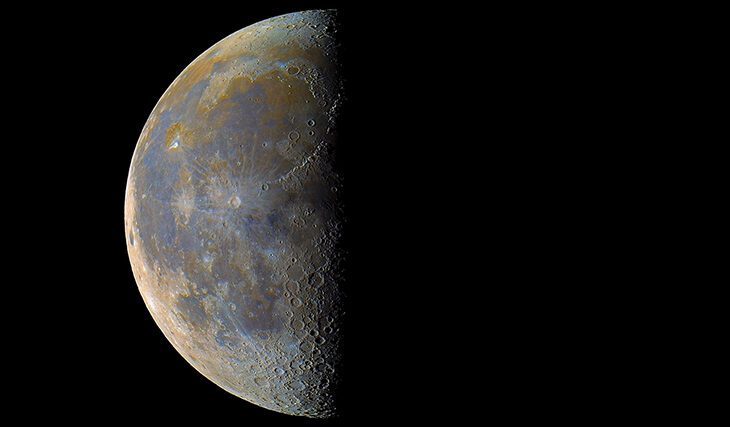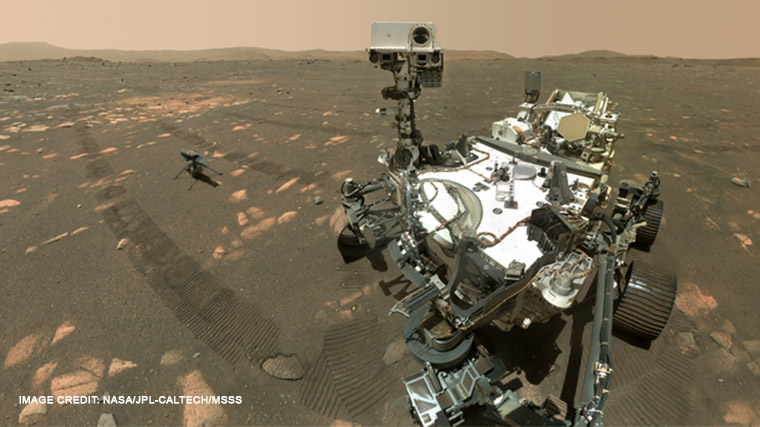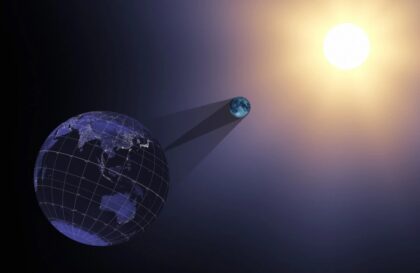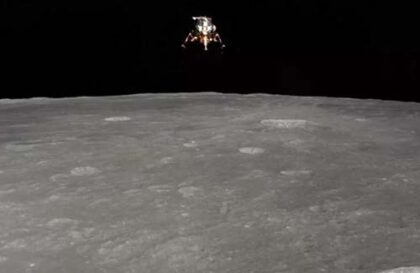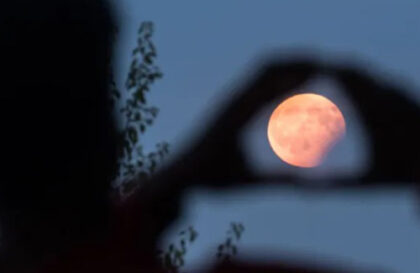The Moon and Sun appear to be the same size when viewed from Earth because, although the diameter of the Sun is approximately 400 times the diameter of the Moon, the Sun is approximately 400 times farther from the Earth than the Moon. This is an interesting coincidence. But not the only thing.
The ratio of the distance from the Moon to the Earth to the diameter of the Moon is the same as the ratio of the distance from the Sun to the Earth to the diameter of the Sun. And it is equal to 108.
Looking at the Moon from Earth, we see its passage through different phases, that is, it changes its illuminated appearance from day to day. This is because the Moon orbits the Earth, with the same side of the Moon always facing the Earth due to tidal forces. This visible side of the Moon is illuminated by the Sun differently depending on the Moon’s position in its orbit. As a result, we see changes in the moon’s illumination that range from 0% (at a new moon) to 100% (at a full moon). The boundary between the illuminated and shadowed parts of the Moon is the lunar terminator.
When the Moon is between us and the Sun, we see the dark side of the Moon, which corresponds to the new Moon.
Since the Moon is a spherical body, when it is illuminated from the side, a “sickle” appears. The illuminated side of the Moon’s surface always points towards the Sun, even if it is hidden behind the horizon.
The next stage in the lunar cycle is when the Moon begins to move in orbit as if rotating around the Earth with its north pole, moving counterclockwise. At this stage, part of the illuminated side of the Moon becomes visible to us, and this is called the first quarter of the Moon.
Next, the Moon continues to move in its orbit, and we see how its illuminated half increases, reaching the middle of its cycle, which corresponds to the full moon. At this point, the Earth is between the Moon and the Sun, and all the light from the Sun is reflected from the Moon, creating a full moon.
The moon continues to move until it returns to the new moon.
Each of the four “intermediate” phases of the Moon lasts about 7.4 days, but their duration varies slightly due to the elliptical shape of the Moon’s orbit. Apart from some craters near the lunar poles, like Shoemaker, all parts of the Moon receive about 14.77 Earth days of daylight, followed by 14.77 days of “night.”
The far side of the Moon from Earth is sometimes called the “dark side of the Moon,” although this is a misnomer, it means “unexplored,” “invisible,” rather than “unlit.” This side of the Moon is fully illuminated during the new moon.
Moon phases in different hemispheres
In the Northern Hemisphere, we can determine the phases of the Moon as follows: if the left (eastern) part of the Moon is dark, then the bright part gradually increases, and the Moon enters the waxing phase (going to the full moon). If the right (western) side of the Moon is dark, then the bright part decreases and the Moon enters the waning phase (the full moon has passed and it is moving towards the new moon). It is important to note that this description is true for observers in the Northern Hemisphere.
In the Southern Hemisphere, viewing the Moon occurs with an inverted perspective, which means that the image of the Moon is rotated 180° compared to the image in the Northern Hemisphere. Thus, the opposite sides of the Moon in the Southern Hemisphere will also be seen as waxing or waning, but according to this inverted perspective.
Closer to the equator, the Moon’s path across the sky will appear horizontal in the morning and evening. This is due to the fact that the described phases of the Moon are characteristic mainly of middle and high latitudes. If you move towards the tropics from northern or southern latitudes, the Moon’s trajectory will differ from that depicted in this article, and it may appear to rotate counterclockwise or clockwise relative to the phases described.
The Moon’s orbit practically lies in the plane of the ecliptic, inclined at an angle of 5.1°, so the daily trajectory of the Moon across the sky is similar to the daily trajectory of the Sun. This also means that the inclination of the visible moon phase “horn” can change at sunrise and sunset, and at different times of the year.
Why are there no solar eclipses every month?
For a solar eclipse to occur, the Moon must be directly between the Earth and the Sun, and its shadow must cross the Earth’s surface. However, the Moon’s orbit is tilted relative to the plane of Earth’s orbit around the Sun by 5.140, so not every new lunar moment corresponds to such a precise alignment.
The same goes for lunar eclipses: for them to occur, the Moon must be exactly in the Earth’s shadow, which does not happen every time there is a full moon.
Thus, although the lunar cycle lasts 28 days, precise alignments for solar and lunar eclipses are rare due to the tilt of the Moon’s orbit.
Image credit:
https://www.astropix.ir
https://ru.khanacademy.org
https://sciencenotes.org
https://rhea.ryanmarciniak.com
https://supernova.eso.org
